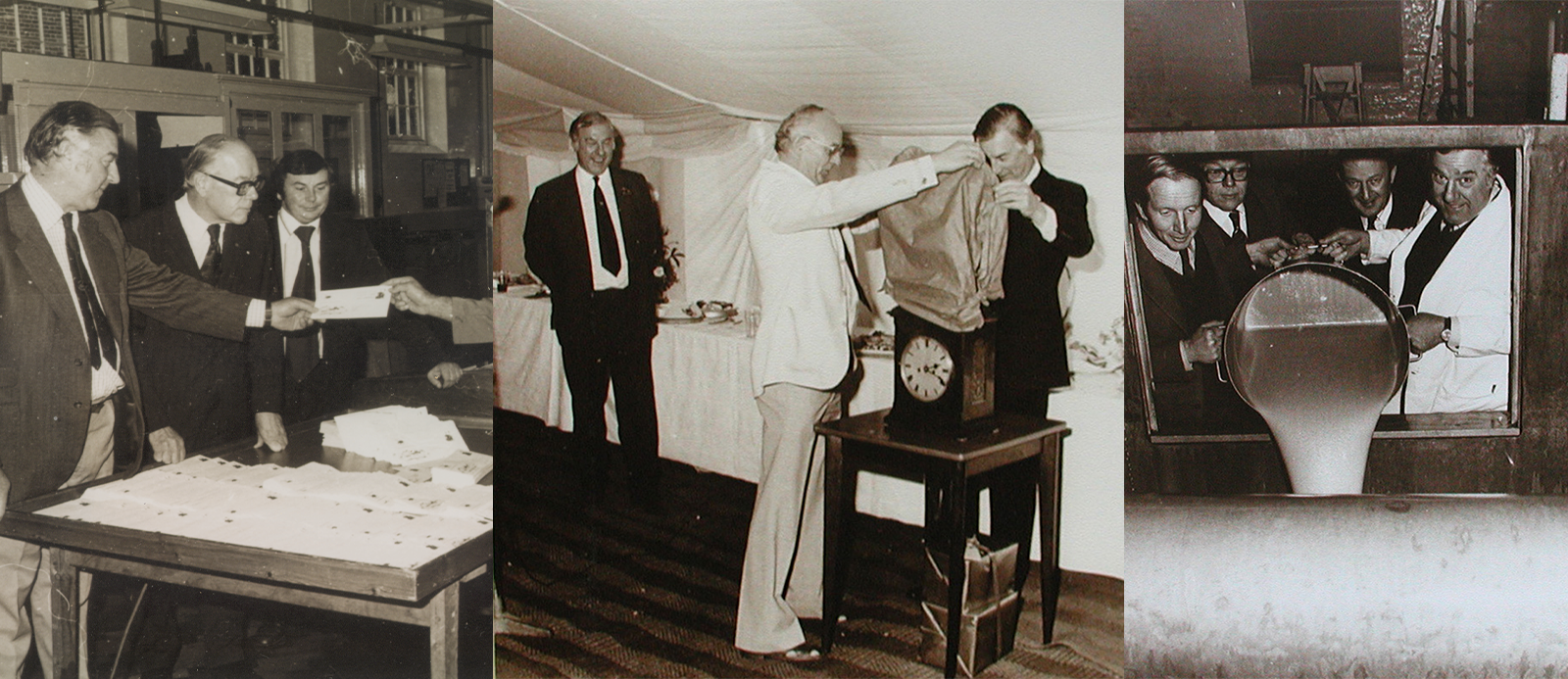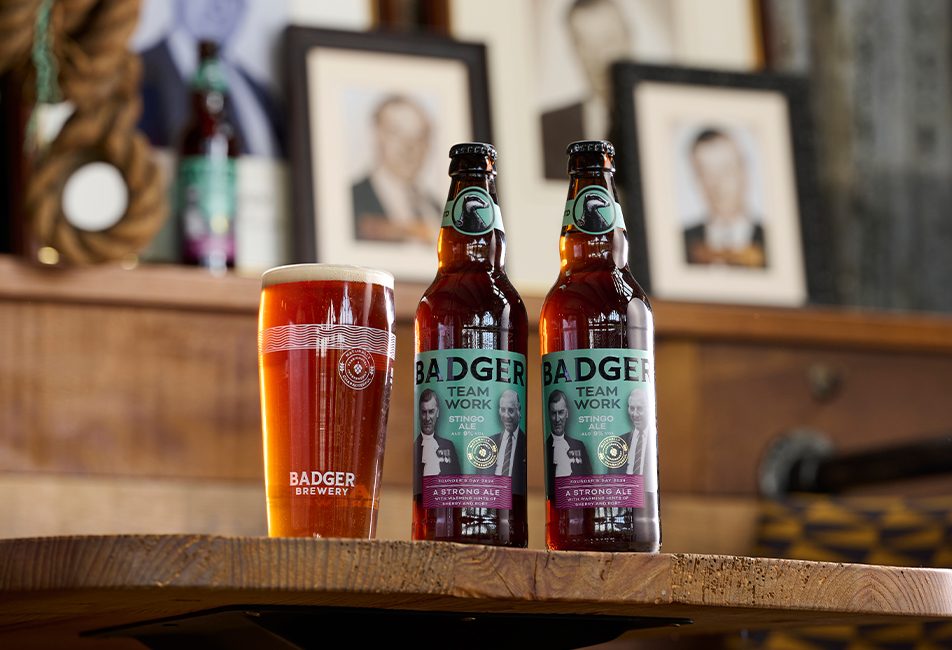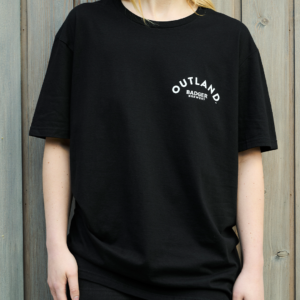
Founder’s Day 2024

Edward Woodhouse
Known affectionately as “The Chairman”, both at work and at home, Edward was an astute businessman and accomplished cricketer who brought dedication and a keen eye for detail to the boardroom and the crease.
Edward was a right-handed middle-order batsman, a very occasional medium-pace bowler and, demonstrating his adaptability and willingness to pitch in, he even stepped in as wicketkeeper for one first class match!
Edward gained a Cambridge Blue for cricket and rugby prior to joining the Coldstream guards where he reached the rank of Captain. On his return from service, Edward played first class cricket for Somerset County where his career peaked in 1949 as he became both the youngest and the last ever amateur captain of the team and helped to lead them to a respectable 9th in the league. At the end of the season, he stepped down to go into the family business.
Edward became Chairman of Hall & Woodhouse and the Badger Brewery in 1962, a role he would hold for 26 years in which time he used his business acumen, willingness to challenge convention, and future focussed mindset to modernise the business and set it on a solid foundation for the future. Never one to stand still or rest on laurels, Edward was instrumental in highlighting and implementing food as key cornerstone of the Hall and Woodhouse pub business, thus modernising the pub experience, and helping to open the pub experience to a new set of guests.
Edward, “The Chairman”, may have been publicly known for his business acumen and fastidious dedication to growing the Hall & Woodhouse business, but within the family he was renowned for his devotion to family and quiet yet deep sense of kindness.

John Woodhouse
Where Edward joined the army, John was a naval man, perhaps highlighting the two men’s dedication to service but manifested in different ways. When John joined Hall & Woodhouse officially in 1947, having learned his brewing trade, he became the driving force in making the best Badger Beers possible, many of which became championship winning brews and helped to cement the brewery as one of the most innovative in the country. In the face of growing competition from large Lager brands, both domestic and foreign, John oversaw the creation of “Brock Lager” in 1959 – named after the old English word for Badger – that took the fight to these challengers.
John acted as Head Brewer and a Director from 1952 until 1986, growing the brewing output from 50,000 to over 300,000 barrels, and no history of his time at Hall and Woodhouse would be complete without mention of his greatest brewing achievement, the invention of The Legendary Tanglefoot Golden Ale. The story goes that members of the Woodhouse family and the brewery team got together for a tasting session and the new “deceptively drinkable” golden ale was so good that the “tasting” went on so long into the night that John was a little unsteady on his feet by the end! And so, the legend of Tanglefoot was born.
Perhaps John is summed up best by his son Mark, who is quoted to have said: “my father was the epitome of a brewer – jolly and large. He had a short fuse, but any conflict was soon forgotten over a beer!”

Teamwork
Brothers by birth and both sharing a strong sense of duty to the Hall & Woodhouse team. Edward and John epitomise the sort of Teamwork that is one of the core values that underpins Hall & Woodhouse to this day and is celebrated in this year’s Founder’s Day beer.
To celebrate, we’ve crafted a powerful Stingo Ale, a style made famous by Hall and Woodhouse in the 1960’s under the stewardship of Edward and John. Brewed to a punchy 9% with a deep chestnut brown colour and robust malty flavour from the blend of Crystal, Chocolate and Pale Ale Malts, and perfectly balanced hops, including Target, Fuggles and Centennial, for a robust yet perfectly balanced bitter finish.









